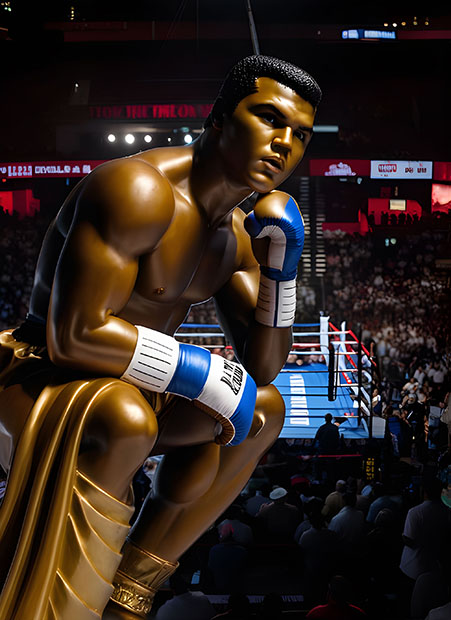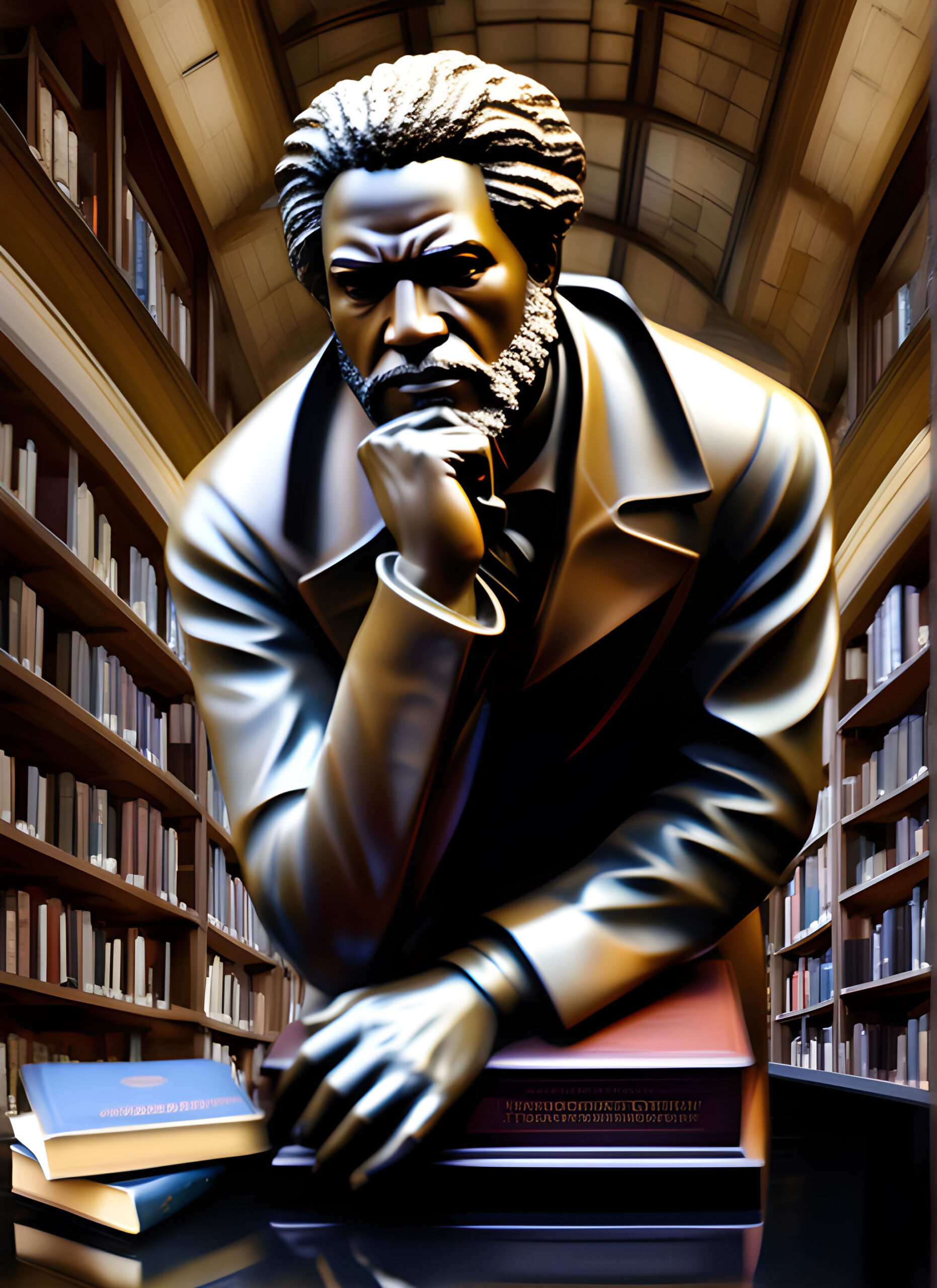Frederick Douglass was a monumental figure in American history, a fierce advocate for the abolition of slavery and for the rights of African Americans and women. Born into slavery around 1818 in Maryland, Douglass escaped in 1838, transforming into a formidable voice against the injustices of slavery through his powerful oratory and poignant writings. His determination to learn to read and write, despite laws forbidding enslaved people from doing so, became a cornerstone of his journey to freedom.
His autobiographies, especially ‘Narrative of the Life of Frederick Douglass, an American Slave,’ played a crucial role in fueling the abolitionist movement. Through his newspaper, The North Star, and his electrifying speeches, he became one of the most photographed and influential Americans of the 19th century. Douglass didn’t just talk; he walked the walk, engaging in significant political activities. He was a close associate of John Brown and supporter of using violence to end slavery. During the Civil War, he was a key advocate for the enlistment of Black soldiers, who ultimately played a vital role in saving the Union.
After the war, he didn’t let up on his fight for civil rights, pushing for both African American and women’s suffrage, but he was frustrated and disappointed by the fast erosion of gains that the formerly enslaved had made. Douglass held several public offices, such as U.S. Marshal and Ambassador to Haiti, using these platforms to further his advocacy. His legacy is not just in the battles he fought but in the ongoing inspiration he provides for civil rights and social justice movements today. His life is a testament to the power of resilience and the relentless pursuit of justice.
Frederick Douglass’s Statue
The statue portrays Douglass in polished obsidian-black metal, creating a striking figure of intellectual power and moral authority. Set within a library’s towering shelves, the sculpture captures him in deep contemplation amid dramatic lighting that emphasizes his determination. His characteristic leonine hair and beard are rendered with remarkable detail. His forward-leaning posture suggests both engagement and defiance, embodying his lifelong commitment to challenging injustice through knowledge and rhetoric. The library setting symbolizes both his self-taught journey and his profound understanding that education was the pathway to lasting freedom. The books scattered on the surface before him represent the power of the written word, which he wielded so effectively in his fight for justice.
More Thinkers to Explore

Muhammad Ali

Maya Lin

John Lennon

